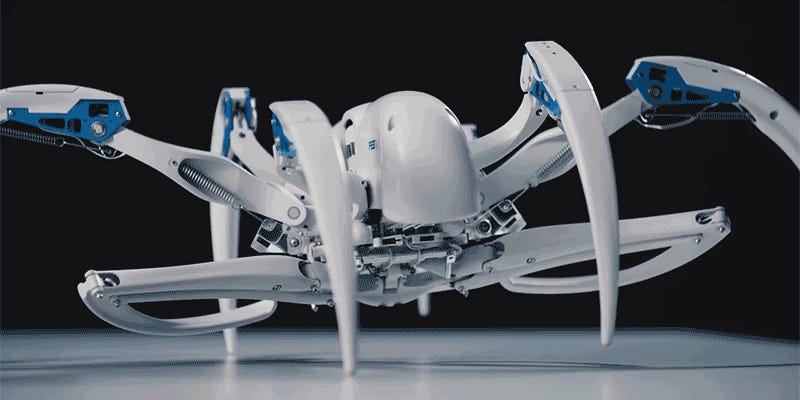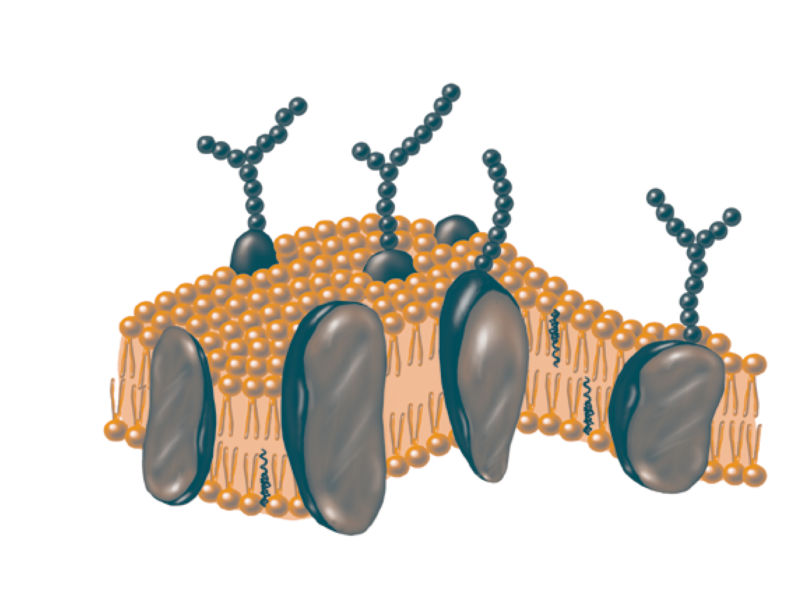This Gross Puking Robot Is a Much Safer Way to Mix Rocket Fuel
https://ift.tt/2pJb0Wk

GIF
It’s understandable that you want to be as careful as possible when handling explosive material like rocket fuel—but manufacturing the volatile mixture requires even more care. So JAXA, the Japan Aerospace Exploration Agency, helped create a safer way to mix explosive ingredients by building a working robotic version of human intestines.
Your intestines move food from your stomach to your bowels (absorbing nutrients along the way) using rhythmic compressions and expansions in a process known as peristalsis—think of a worm crawling across the ground. It’s a very gentle process, especially when compared to the giant mixing machines that are typically used to manufacture volatile fuels, which is exactly why JAXA scientists worked with roboticists from Chuo University in Tokyo, Japan, to develop these artificial intestines.
Rocket fuel ingredients and compressed air are pumped into long rubber tubes that make up the soft parts of the artificial intestines, and they’re then compressed and stretched using powered mechanisms, spaced a few inches apart, that running along its entire length. Not only is the mixing done in a very gentle process, the ingredients also never make contact with metal parts that could potentially produce dangerous sparks if a machine malfunctions. The unique design and function of these roboguts also serves as a failsafe.
The robotic intestines would also offer other benefits than just safety. They could be built as a loop, with ingredients being added at one end and rocket fuel extracted at the other in a continuous process that would reduce the manufacturing costs compared to making the fuel in batches. This in turn would make rocket launches cheaper and more accessible, particularly for smaller private companies without access to public funding.
[Robostart via IEEE Spectrum]
Tech
via Gizmodo http://gizmodo.com
March 27, 2018 at 11:00AM







blog comments powered by Disqus